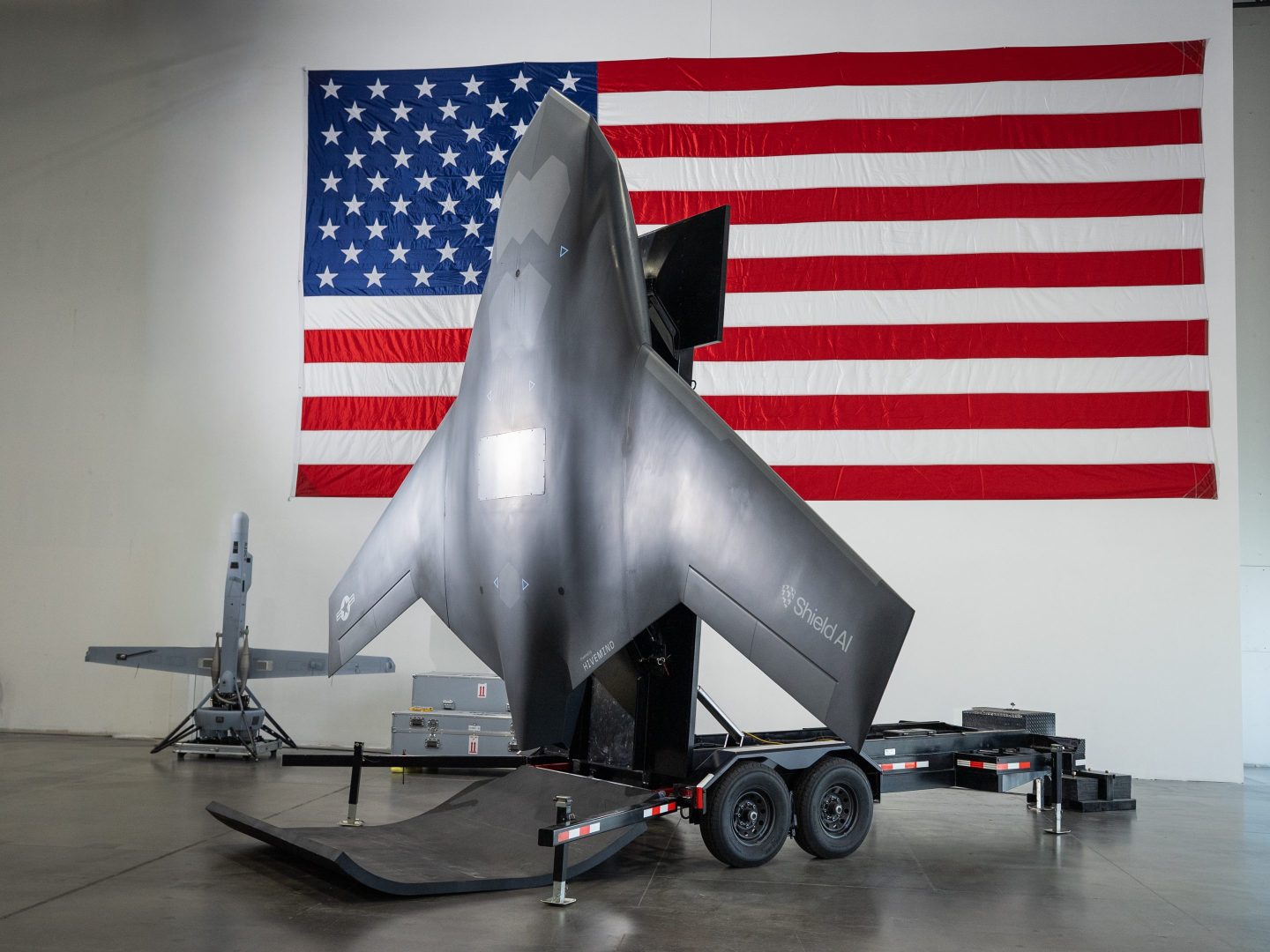The recent wildfires within Sonoma County in Northern California are almost completely contained. Mercifully, no deaths have been reported, and only a few hundred buildings have been damaged or destroyed.
The fires also came at the end of the region’s harvest this year. An estimated 92% of grapes that will be used to make Sonoma’s wines had already been picked, meaning most of the 2019 vintage will be unscathed.
But for winemakers in California, a new reality is sinking in. It is the second October in three years in which fires have raged across Sonoma.
“Let’s face it, if you are thinking about where you want to travel, you’ll have people start to talk about the summer season, the rainy season, and the fire season,” says Rob McMillan, a wine industry analyst and founder of Silicon Valley Bank Wine Division. “Fire isn’t a season, but people start to talk in those terms. It is a reality.”
California has approximately 4,700 wineries, which produce 85% of the nation’s wine and almost all of the wine that the United States exports. An estimated 24 million people visit California for wine and food tourism annually. Compared to devastating fires in 2017 and 2018, the Kincade Fire had minimal impact on winemaking.

Instead, insiders say the most long-lasting damage will be to tourism.
“The wines will be stellar,” promised Michael Haney, executive director of Sonoma County Vintners, a wine trade organization. 2019, he adds, had ideal weather and winegrowers were particularly pleased about the quality of the fruit.
The wildfires burning in the region had caused minimal disruption to business at De La Montanya, a small Sonoma County winery. The harvest at the winery, which produces roughly 4,000 cases annually, had already been complete. The location suffered from a power outage for several days, and there were closures to the tasting room. But fermentations that were occurring on site still continued.
“Really none of the winery industry was impacted,” says Jarod Kline, general manager at De La Montanya. “You could drive around all day and wouldn’t know where the fire was in most cases.”

The losses as a result of Kincade Fire were most felt where California Cabernet is made in the Alexander Valley. That’s where Soda Rock Winery, which was destroyed during the fire, once sat. Other wineries that were damaged include Alexander Valley Vineyards, Battle Family Vineyards, and Medlock Ames Vineyards, according to local news reports.
But even at Soda Rock, because winemaking is done off site, the 2019 vintage survived. The team there had already completed 99% of their harvest, and the winery’s owners are already vowing to rebuild.

Generally, the region was sparred the horror that hit Sonoma County two years earlier. The Tubbs Fire killed over 30 people and destroyed more than 5,200 homes. Hundreds were hospitalized with respiratory issues as a result of the smoke in the air. Kincade’s fires affected more non-residential rural areas, comprising mostly of grass and brushland.
Still, wine industry vets acknowledge that the industry must become better prepared for future wildfire events. Many wineries have already bought backup generators and those that haven’t should consider doing so, says wine industry advocates. Though utility provider PG&E is facing criticism for mandatory power outages, it is likely an increased occurrence for any future fires in the region.
Wine insiders say disaster planning for employees should also be a greater priority. That’s a logistical challenge for most, as wineries are often small businesses with limited technology to deploy for rapid response communication that’s needed in an emergency. There should also be a greater effort to corral local farmers that have water trucks to deploy those resources to help put out fires.

The largest California wine producers—including E. & J. Gallo Winery, The Wine Group, and Constellation Brands—will have to confront all of these challenges as well, though their size is ultimately a tailwind. “The larger [players] are more diversified, so it hurts them less,” says McMillan.
As it pertains to fires, the wine industry does have one natural advantage. Vineyards, as it turns out, are natural firebreaks. That helps explain why so few wineries burn down during these events. “We know how to manage our lands, and we slow and stop fires,” says Karissa Kruse, president of Sonoma County Winegrowers.
Kruse lost her own home in the Tubbs fire two years ago. But she now lives in the middle of vineyard in the Russian River Valley, where she feels safer. “Not only am I in a beautiful spot, but [the vineyards] are a natural, silent defender,” Kruse says.
Her organization is among those advocating for winegrowers to do more to help mitigate the effects of climate change, a top-of-mind concern for many Californians. Though California’s agriculture industry only produces 8% of total greenhouse gases within the state, farms can help sequester carbon while producing vibrant crops sustainably.
The Sonoma County Winegrowers is working on a pilot certification program that aims to encourage a reduction of carbon emissions from tractors and fertilizers while maximizing storage of carbon in soils, trees, and vines.
“The more you manage your land,” Kruse warns, “the better equipped you are to have that response to climate if an incident occurs.”
More must-read stories from Fortune:
—The makers of BarkBox are moving into an often overlooked space in pet wellness
—Why you shouldn’t save your debit or credit card numbers on store websites
—Black Friday deals start next week
—UPS aims to recruit 100,000 holiday workers. That’s no small feat in this labor market
—Instagram sensation Babe Wine now officially endorsed to be sold at NFL games
Follow Fortune on Flipboard to stay up-to-date on the latest news and analysis.












